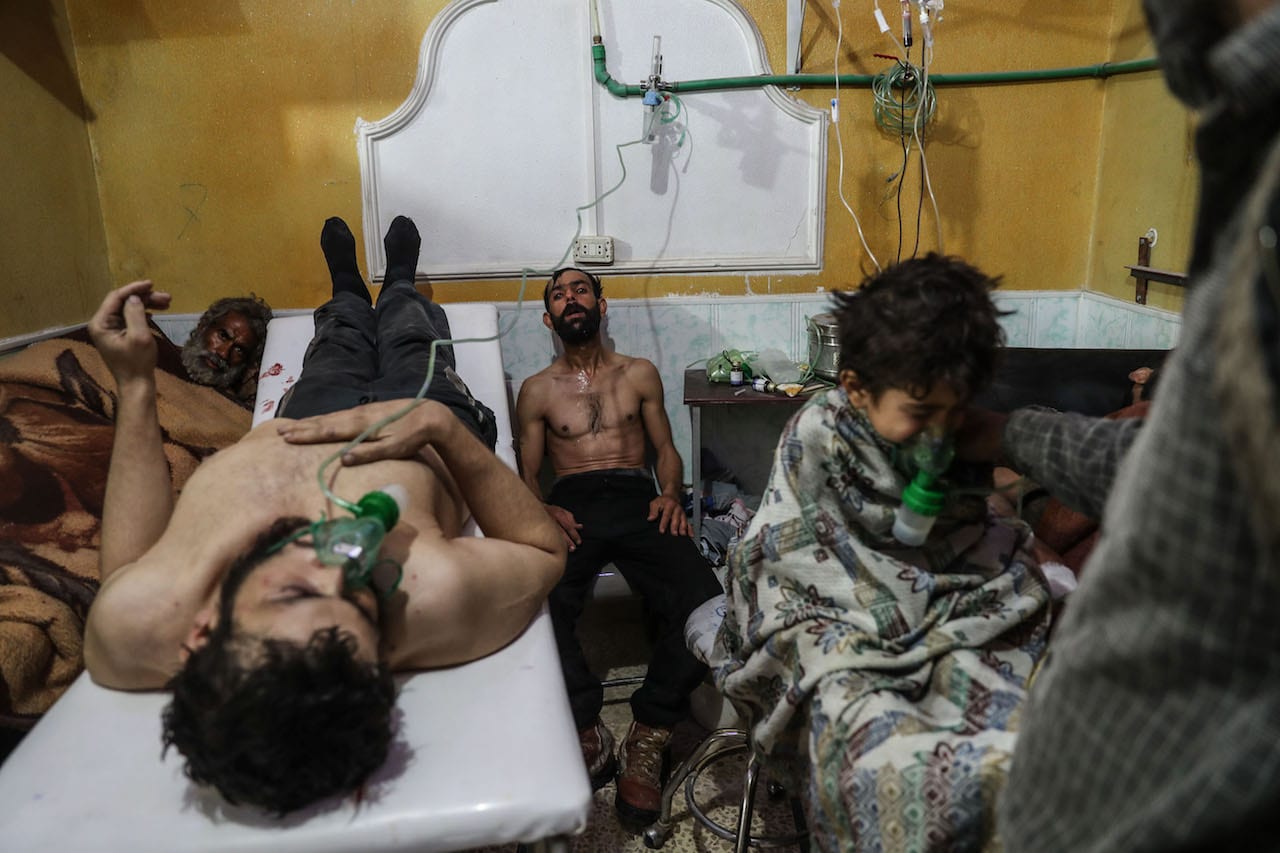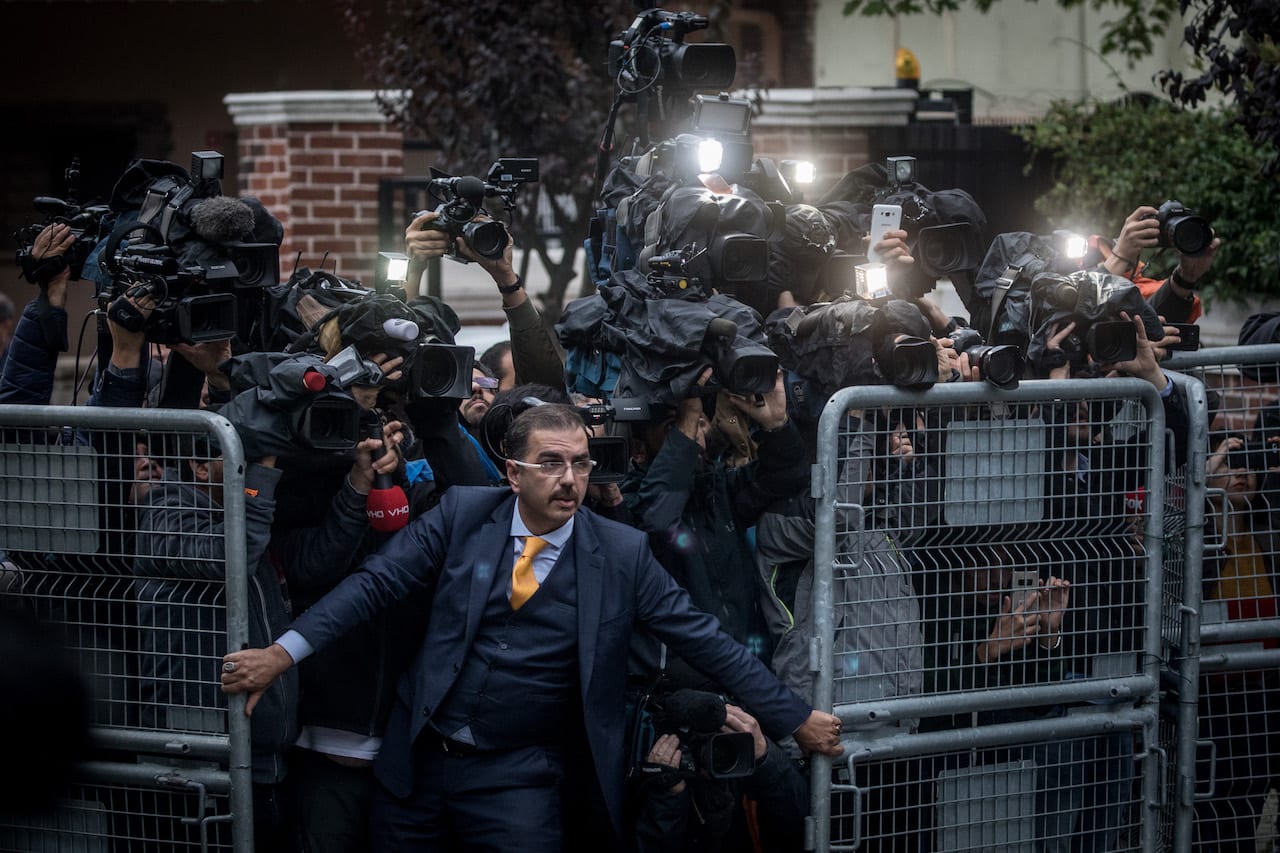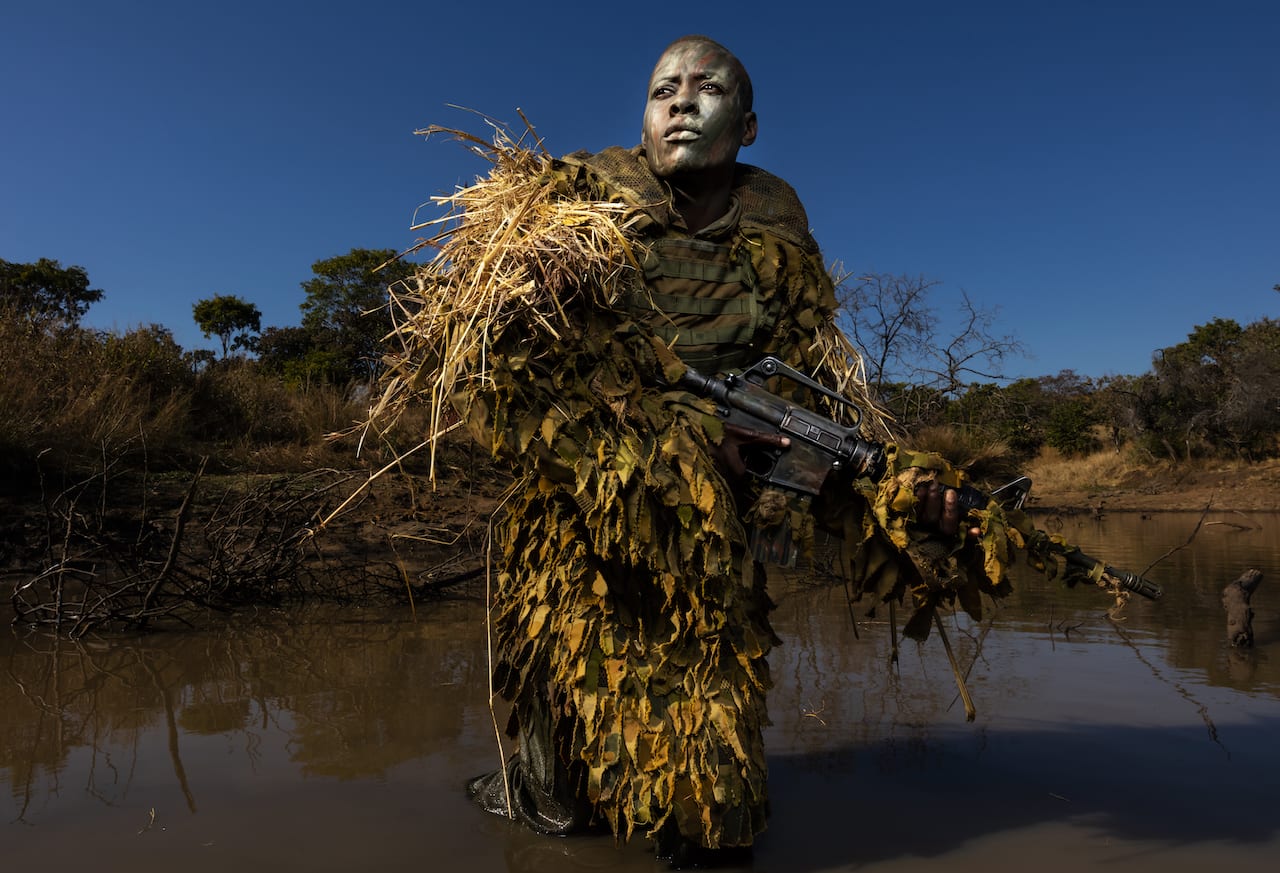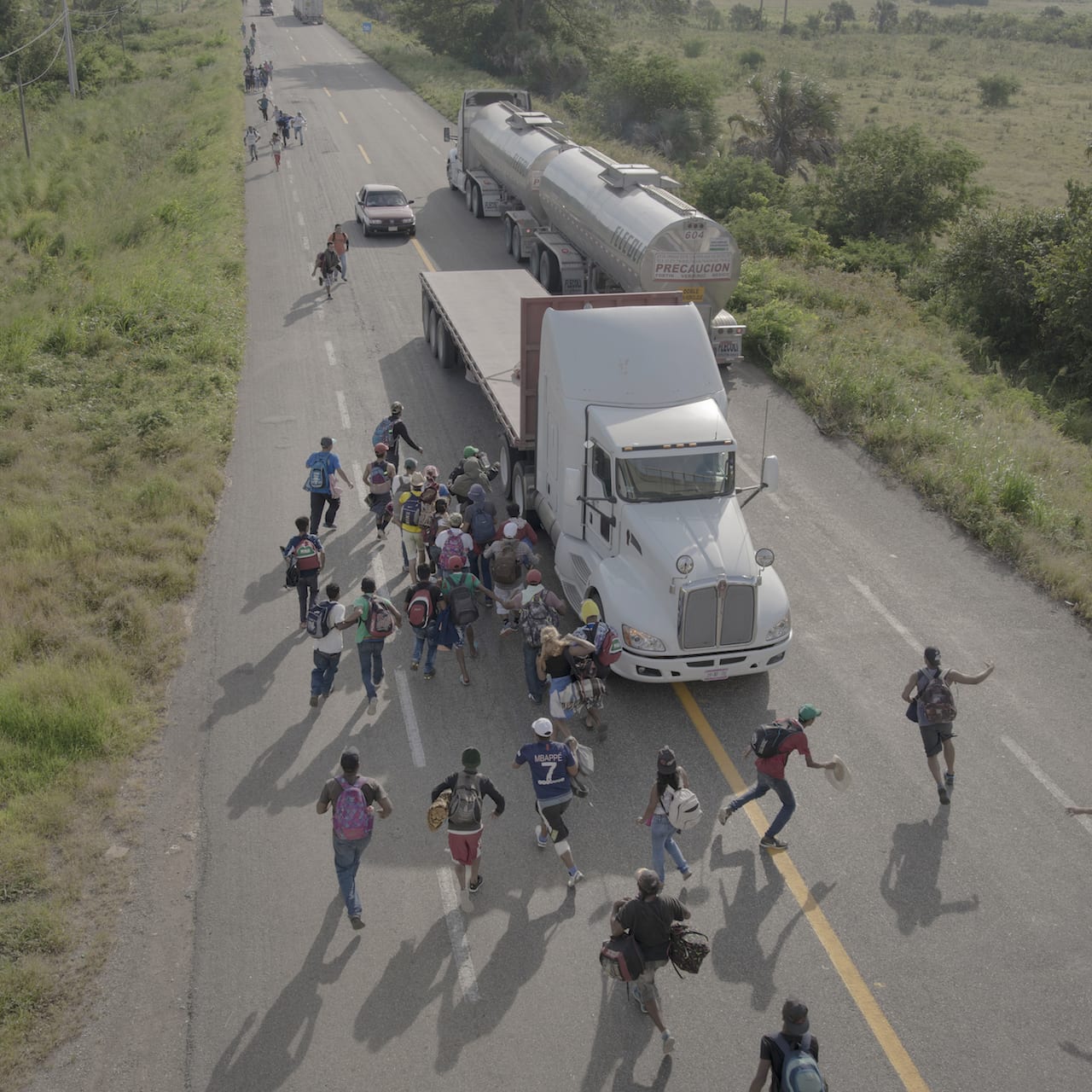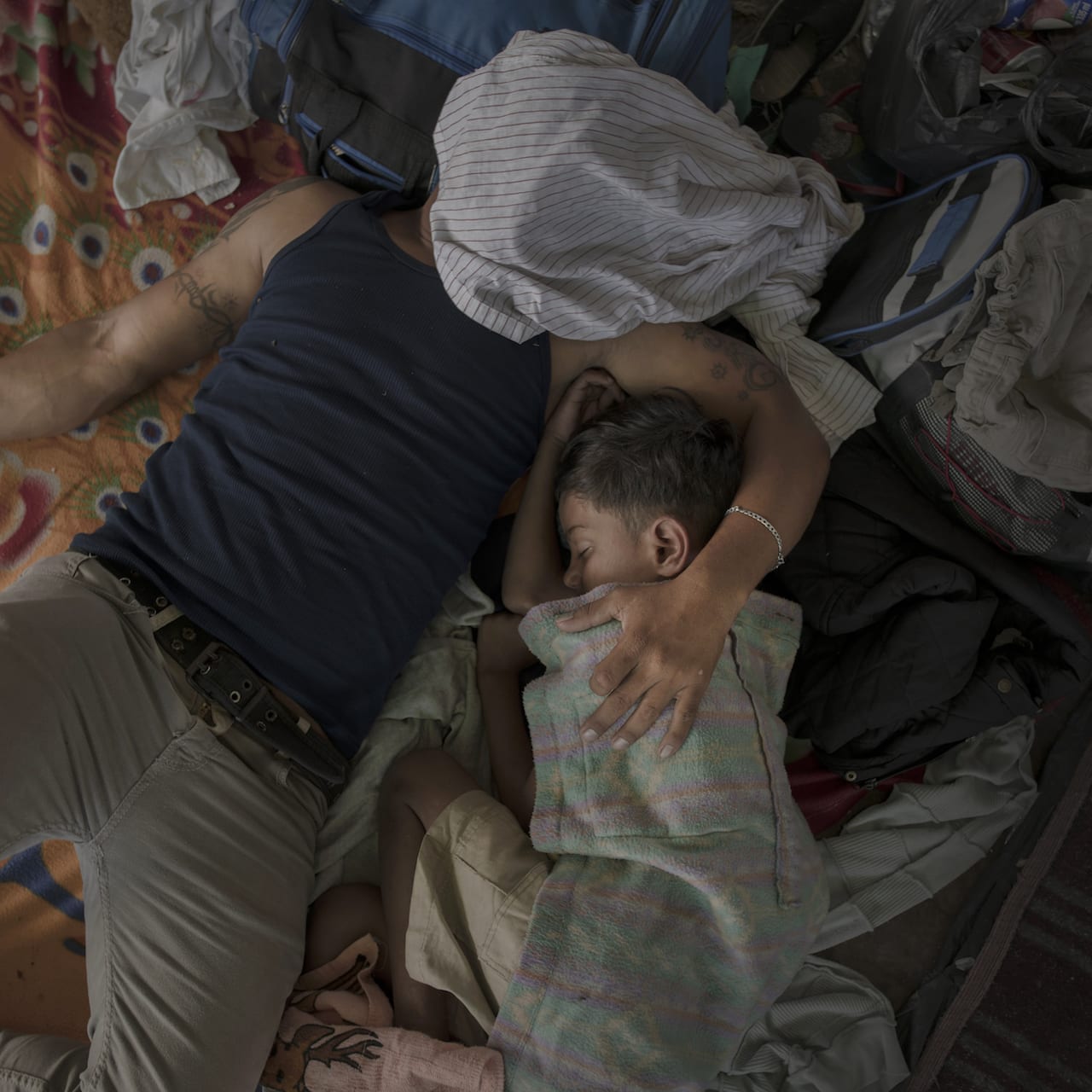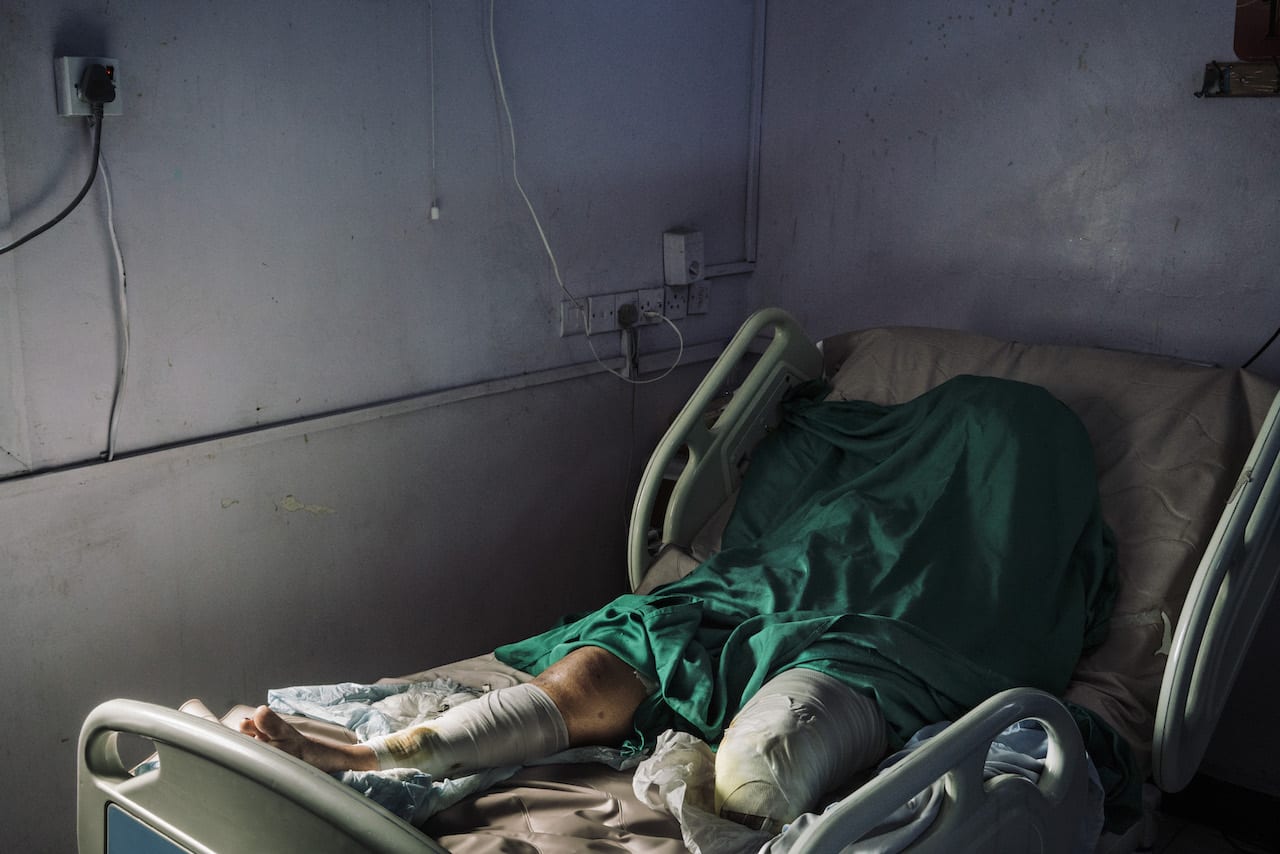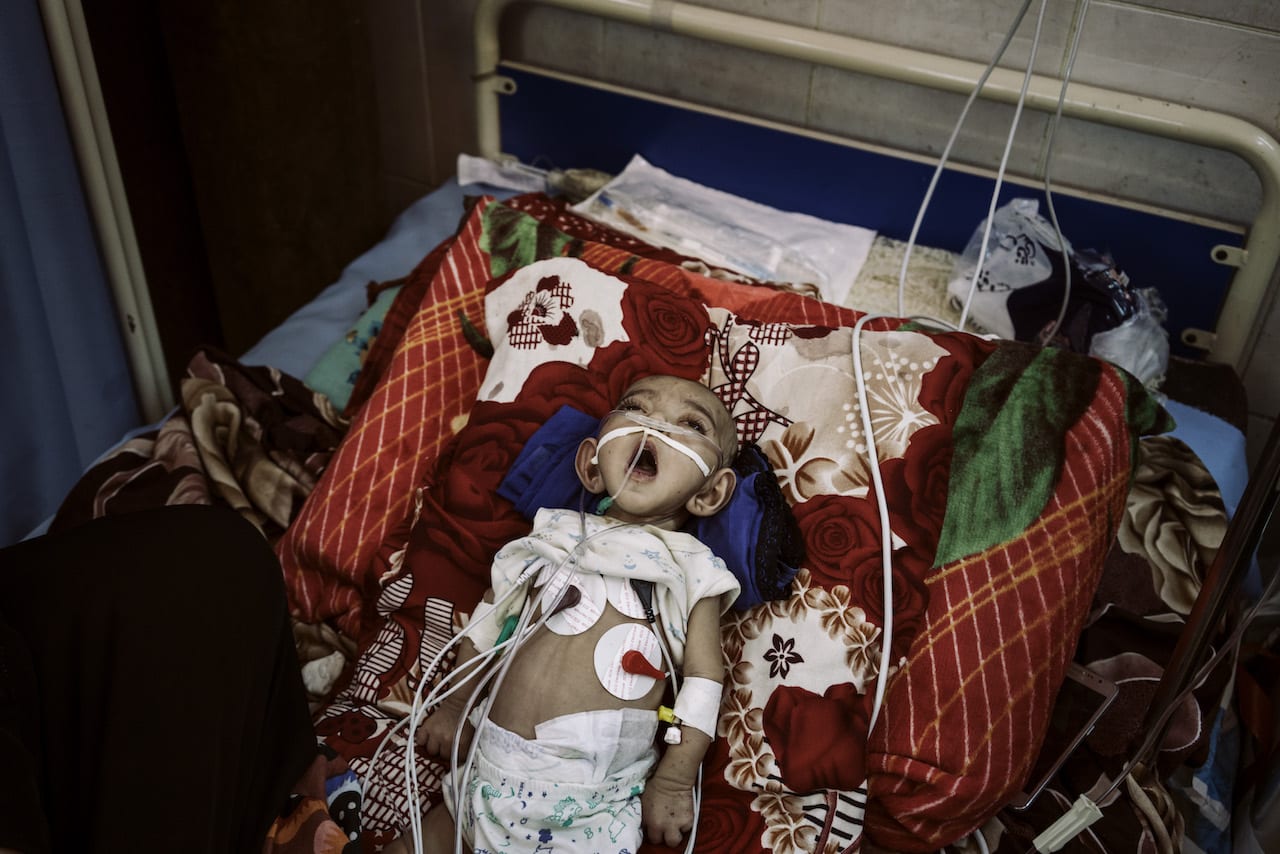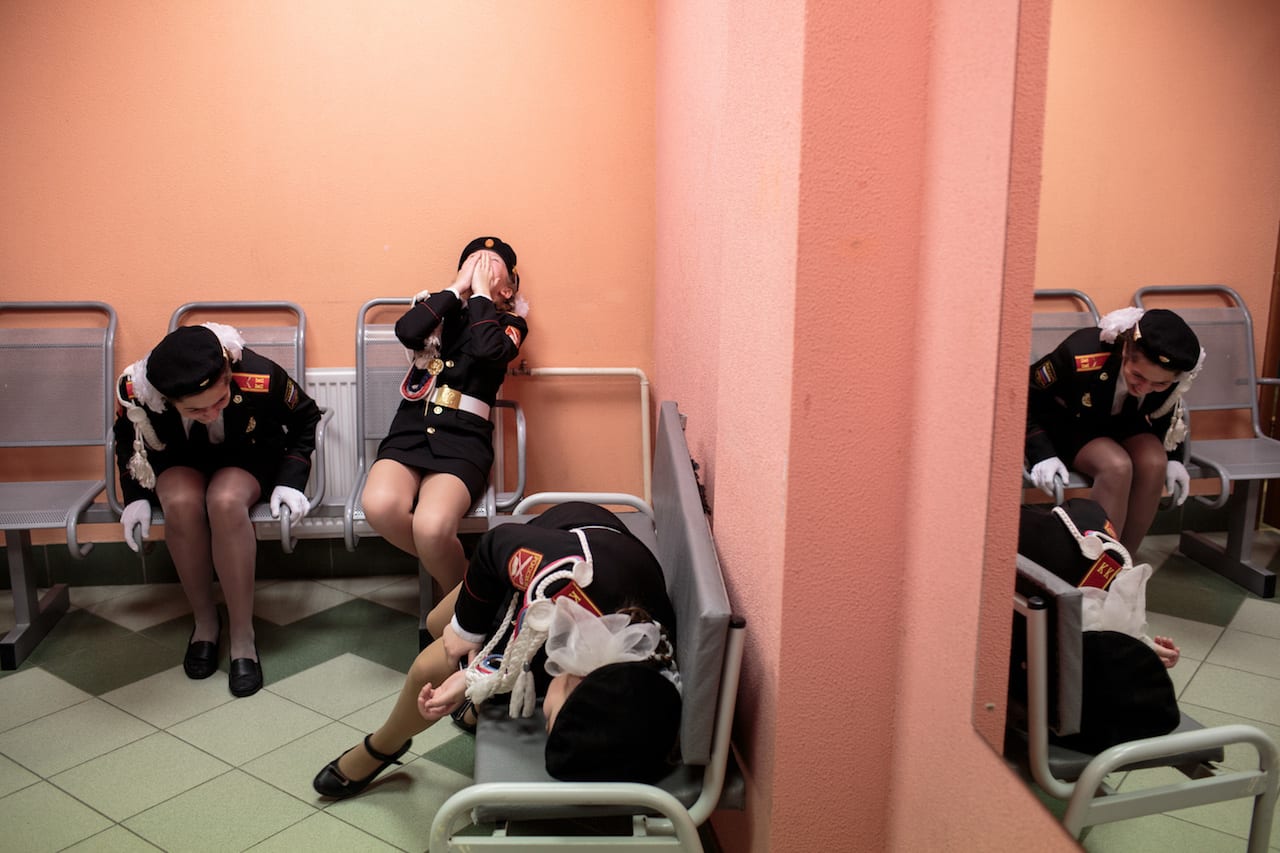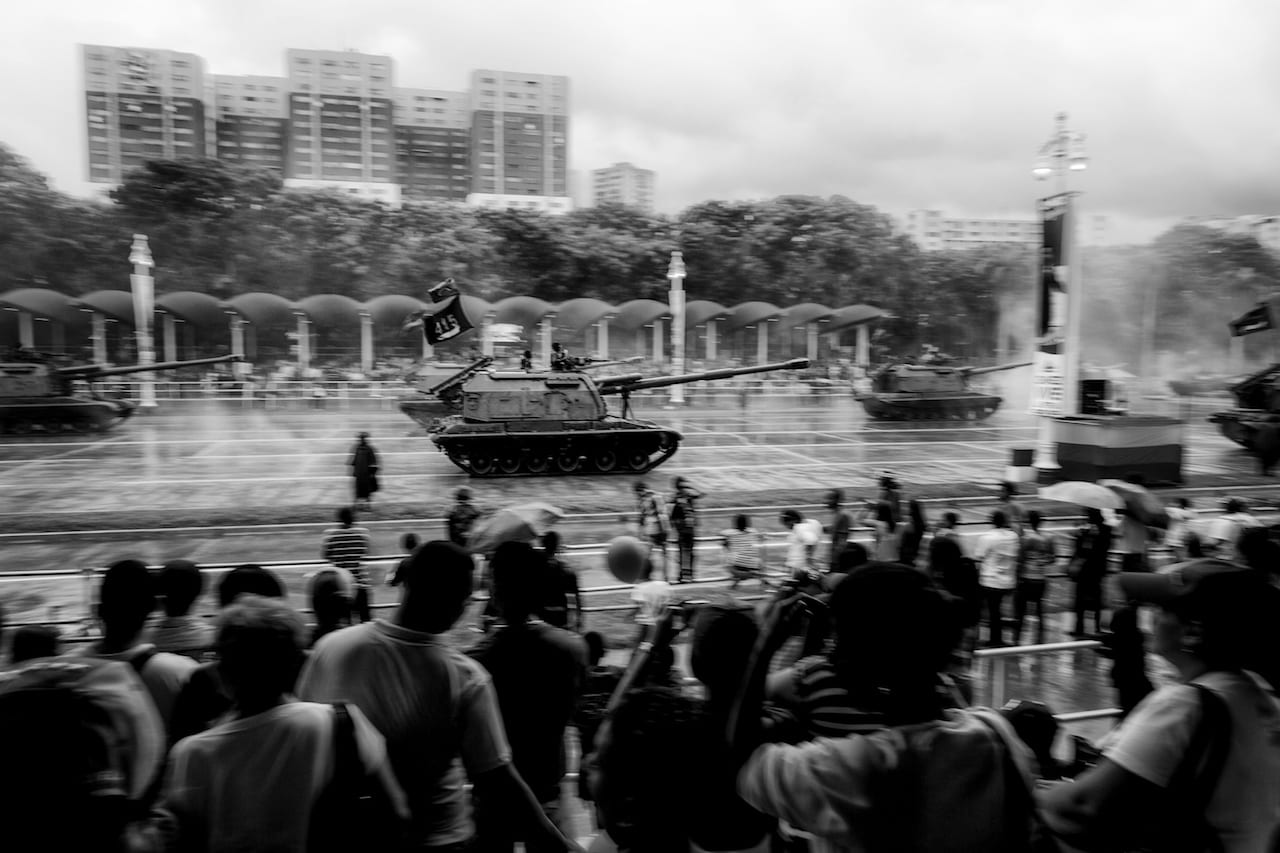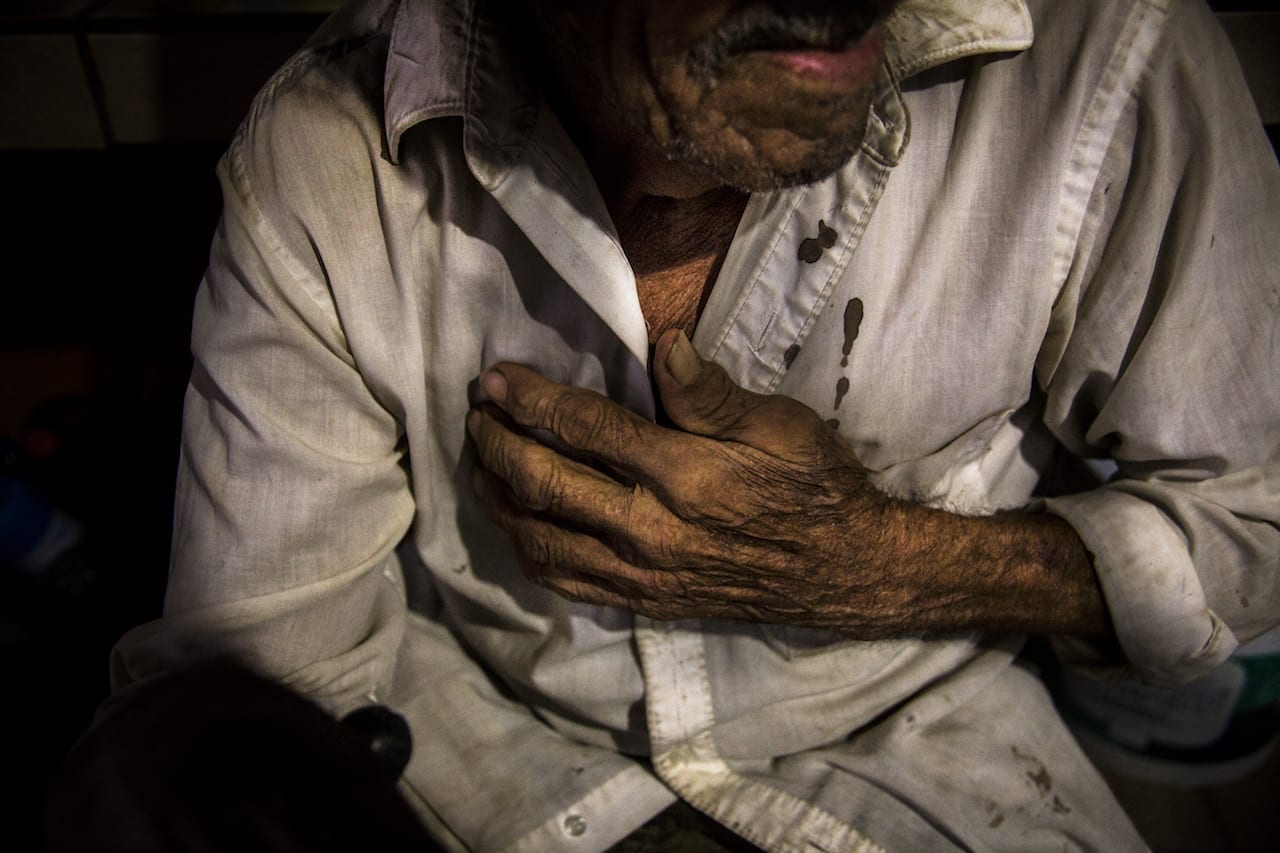A shortlist of six images have been announced for this year’s World Press Photo of the Year, and three photographers shortlisted for a new award that celebrates visual storytelling – the World Press Story of the Year.
The six images shortlisted for World Press Photo of the Year are: Victims of an Alleged Gas Attack Receive Treatment in Eastern Ghouta by Mohammed Badra (Syria); Almajiri Boy by Marco Gualazzini (Italy); Being Pregnant After FARC Child-Bearing Ban by Catalina Martin-Chico (France/Spain); The Disappearance of Jamal Khashoggi by Chris McGrath (Australia); Crying Girl on the Border by John Moore (United States); and Akashinga – the Brave Ones by Brent Stirton (South Africa).
The three nominees for the World Press Story of the Year are Marco Gualazzini (Italy), Pieter Ten Hoopen (Netherlands/Sweden), and Lorenzo Tugnoli (Italy) – making Gualazzini the first photographer to have been nominated for both the World Press Photo of the Year and the World Press Story of the Year.
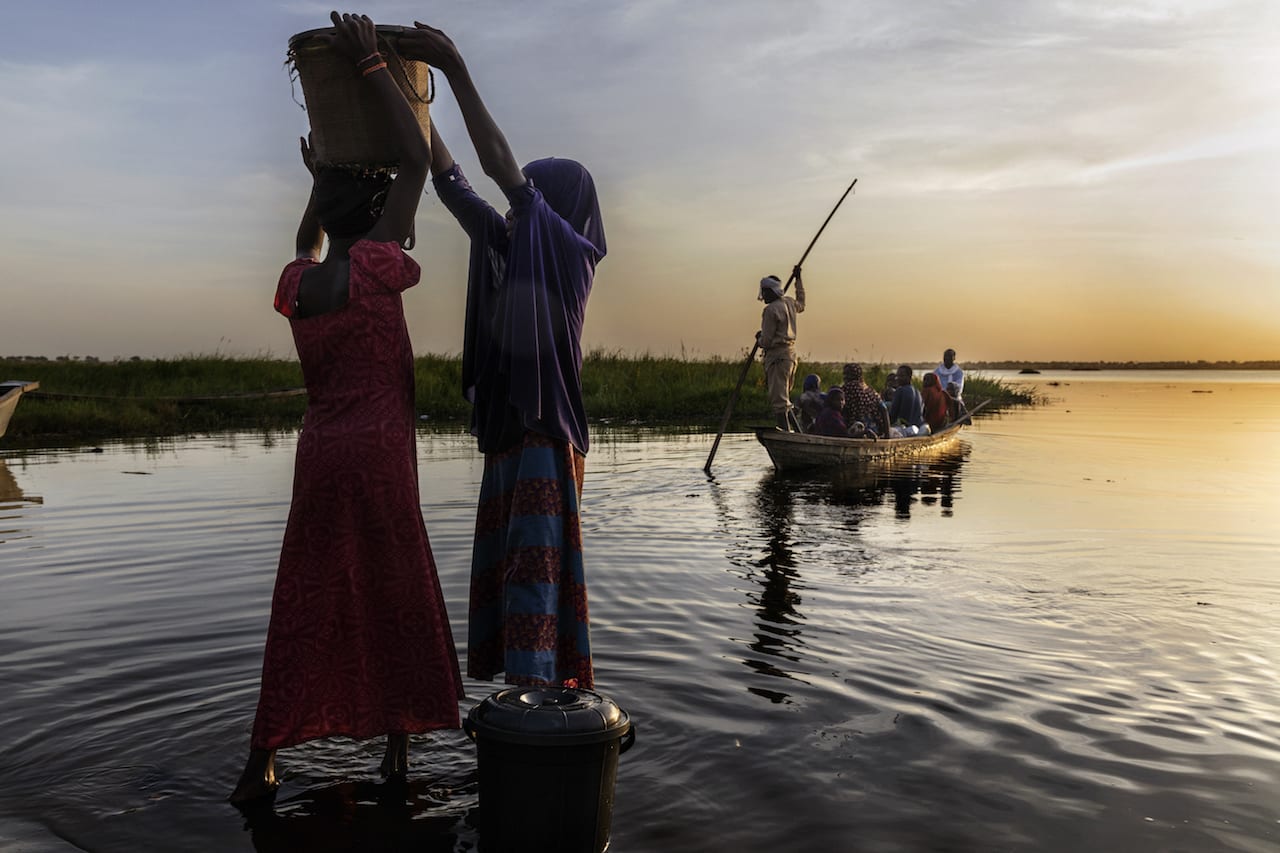
In The Lake Chad Crisis, Gualazzini documents the desertification of what was once one of Africa’s largest lakes, and a lifeline to over 40 million people in the continent. As a result of unplanned irrigation, drought, and deforestation, the size of Lake Chad has decreased by 90 per cent over the last 60 years, causing water shortages and conflict between local groups and farmers.
Pieter Ten Hoopen’s The Migrant Caravan tells the story of thousands of Central American refugees who travelled to the US border in October and November 2018. The caravan was organised by a grassroots social media campaign, and was the largest migrant caravan in recent memory with as many as 7000 travellers, including at least 2300 children, according to the UN.
Lorenzo Tugnoli has been nominated for The Yemen Crisis, published in The Washington Post. Tugnoli photographed the ongoing humanitarian crisis in Yemen, where, according to the UN, more than 8.4 million people are at risk of starvation, and 22 million people – 75% of the population – are in need of urgent humanitarian assistance.
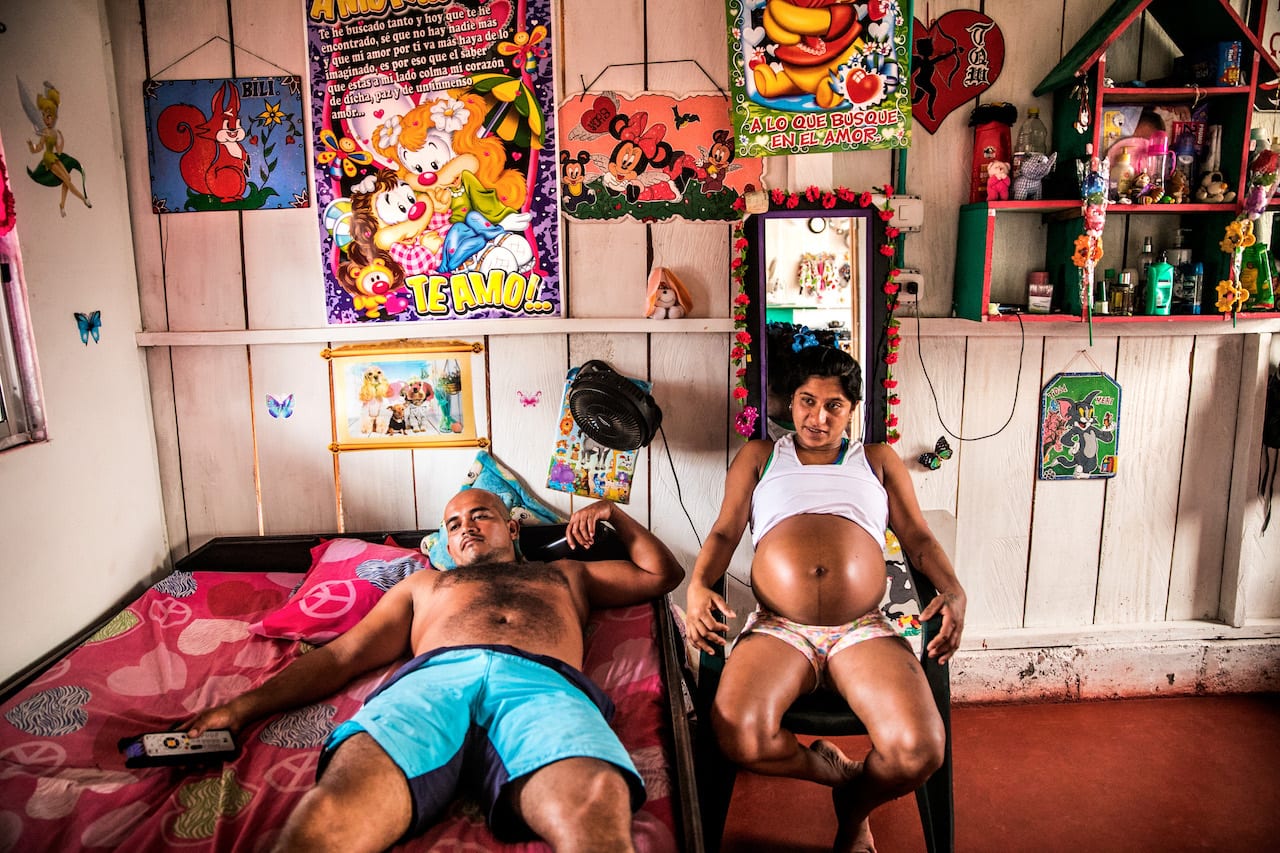
Also nominated are three single images and three stories in each of the eight categories: Contemporary Issues, General News, Environment, Nature, Long-Term Projects, Portraits, Spot News, and Sports. The nominees for the Long-Term Projects, for example, are: Sarah Blesener (USA) for the series Beckon Us From Home, a look at youth organisations; Alejandro Cegarra (Venezuela) for State of Decay, a story on unrest in his home country; and Yael Martinez (Mexico) for The House That Bleeds, which shows the photographer’s own family as it comes to terms with the loss of three young men killed or disappeared in Guerrero, Mexico’s poorest and most violent state.
This year, the contest saw 4,738 photographers from 129 countries, who entered a total of 78,801 images. Out of 43 nominated photographers, 14 are female – a 20% rise from 2018. Lars Boering, managing director of the World Press Photo Foundation, said: “As the need for images and stories we can trust has never been greater, we are proud to recognise these visual journalists and digital storytellers, and look forward to sharing their work with the world.”
The contest was judged by a jury of 17 professionals from six global regions, with an equal number of men and women. Whitney C. Johnson, deputy director of photography at National Geographic, was the chair of this year’s general jury, which also included Japanese curator Yumi Goto; Nana Ko Acquah, Ghanaian photographer for Getty Images; and Paul Moakley, editor at large for Special Projects at TIME.
The winners will be announced on 11 April at the awards show in Amsterdam. Both the World Press Photo of the Year and the World Press Photo Story of the Year awards carry a cash prize of 10,000 euros, and the prize-winning photographs will be assembled into a year-long exhibition that will visit 100 cities in 45 countries.
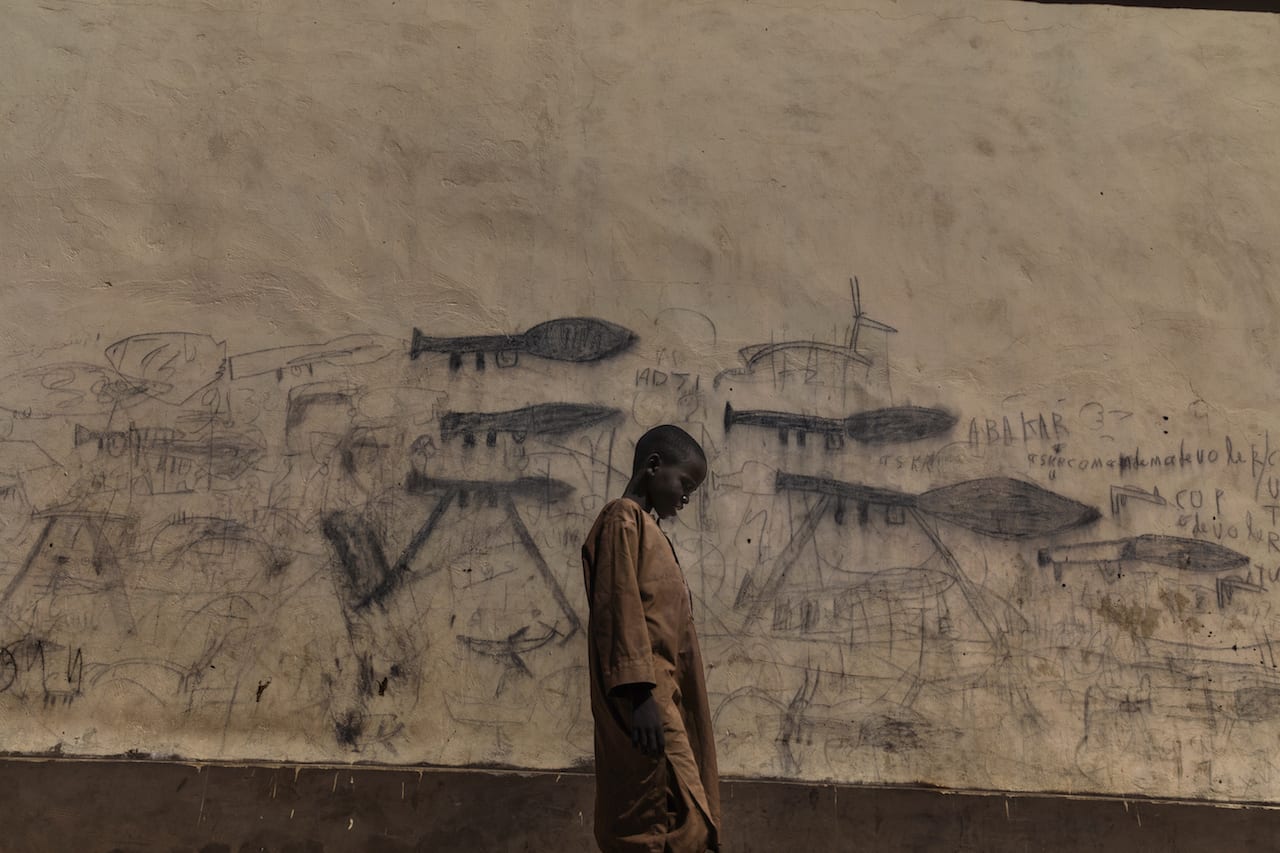
© Marco Gualazzini, Contrasto
